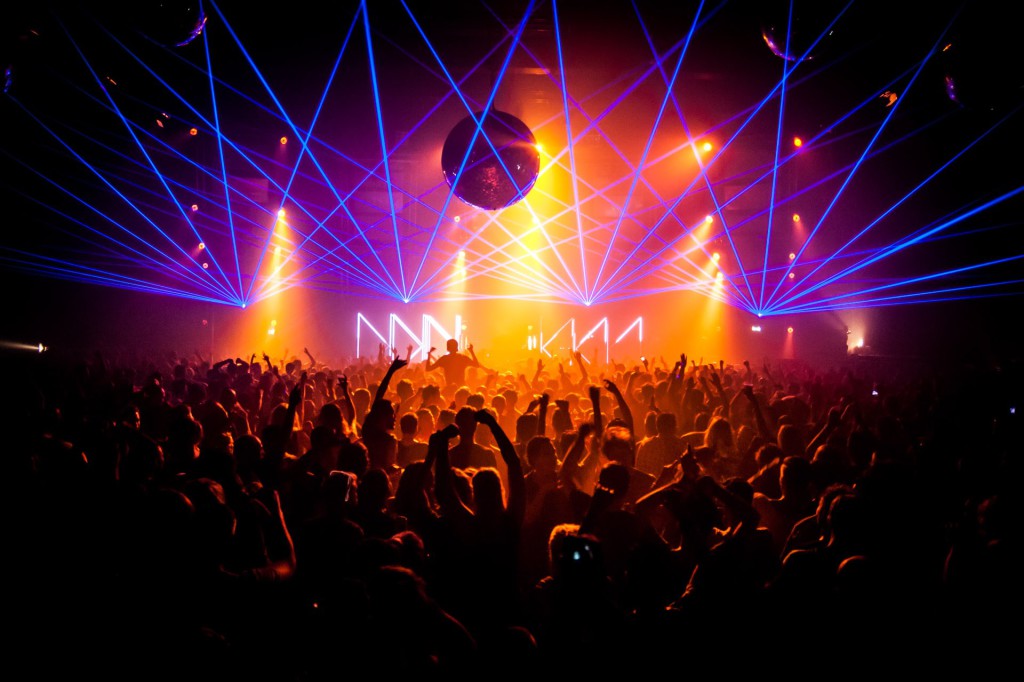
‘Get played, Get paid’ is the slogan of a campaign that gathered at Amsterdam Dance Event last month and aims to change the revenue model for musician’s royalties and performing rights organisations. Launched in 2014, the campaign brings together tech companies and music publishers to create better revenue models for musicians. Every recorded song that is broadcast or performed in public is subject to performance royalties, which on average can account for 1/3 of a musician’s basic income. Traditionally royalty statements have been very difficult to retrieve and keep track of as it involves lots of paperwork and different laws apply in different countries. It is commonly argued that this complexity does not benefit musicians and prevents them from making informed claims of their rights and royalties.
However, recent advancements in music recognition software potentially transforms how copyright can be enforced for performance rights and royalties. The software used for mobile applications like Shazam is also being used in public venues and online streaming websites to automate the administration involved with issuing publishing rights. Although many musicians I have spoken with are unaware of the technical processes involved, they all seem pleased that claiming royalties on their music has become easier and there is more money going into their pocket. UK songwriter Juliette Jackson of The Big Moon mostly agrees that the music recognition technology is in place to serve the interests of the artists.
“I want to get paid for what I create just the same as people who work in factories and laboratories and bakeries. We’re all selling something, but since these days music is so easily and unashamedly stolen, it’s difficult to make a living. If this technology means that collection agencies like PPL (public performance license) no longer need to work on mere estimation in order to fairly distribute the license fees they receive from venues/shops/bars, then that helps us.”

As Jackson mentions, if the technology enables a better circulation of performance royalties to the original creators than the economic value of the technology is worthwhile.
‘Artists/composers’ attitude towards technology is twofold: some hate it others embrace it. Technology is but a means in the music industry.’
Bindu De Knock
According to the music & IP lawyer Bindu De Knock from Bergh Stoop Sanders Attorneys music recognition software is not changing the fundamental laws of performers rights but it is enabling more efficient and transparent ways of enforcing those laws. Publishing firms such as Kobalt are now able to share the data collected from performance rights with their clients, creating a much more transparent system for administrating copyright. Musicians can now see how the rights are being managed, what they are owed and get all the information on playback and payouts in real-time.

However the way in which this service is being implemented is far from transparent. Since 2005 companies such as DJ monitor have been installing music recognition software in festivals, clubs and next year Ministry of Sound in London will join the party. Live performances are now being systematically recorded by black boxes that are often hidden or obscured to prevent musicians refusing to have their performances recorded and tampering with the device. Applying music recognition in bars in this way creates surveillance software for the copyright industry. And like every other form of surveillance people act differently when they think they are being watched. The live concert, once an ephemeral once-only experience is now systematically monitored and monetized for the interests of copyright law.
It would appear that the only way to enforce and perpetuate copyright policy of the 20th century is to create music data surveillance systems to automatically monitor, store and administrate creative licenses. With the advent of automated copyright surveillance of performance music, venues are forced to change there booking contracts to incorporate the recording of all live performances. This has wider repercussions on the freedom of public venues and the autonomy of the performing artist whose performances must now abide copyright legislation. Although it is only the sound that is being recorded it is enough to make any performance event liable to claims of copyright infringement. Automated music recognition enables musicians to be better informed on their music rights but creates a system of surveillance for performance and public venues. Installing black box systems that privately regulate creative licenses hinders the performing arts as it becomes tethered to the old chains of copyright and enforced with networked technology of the 21st century.


